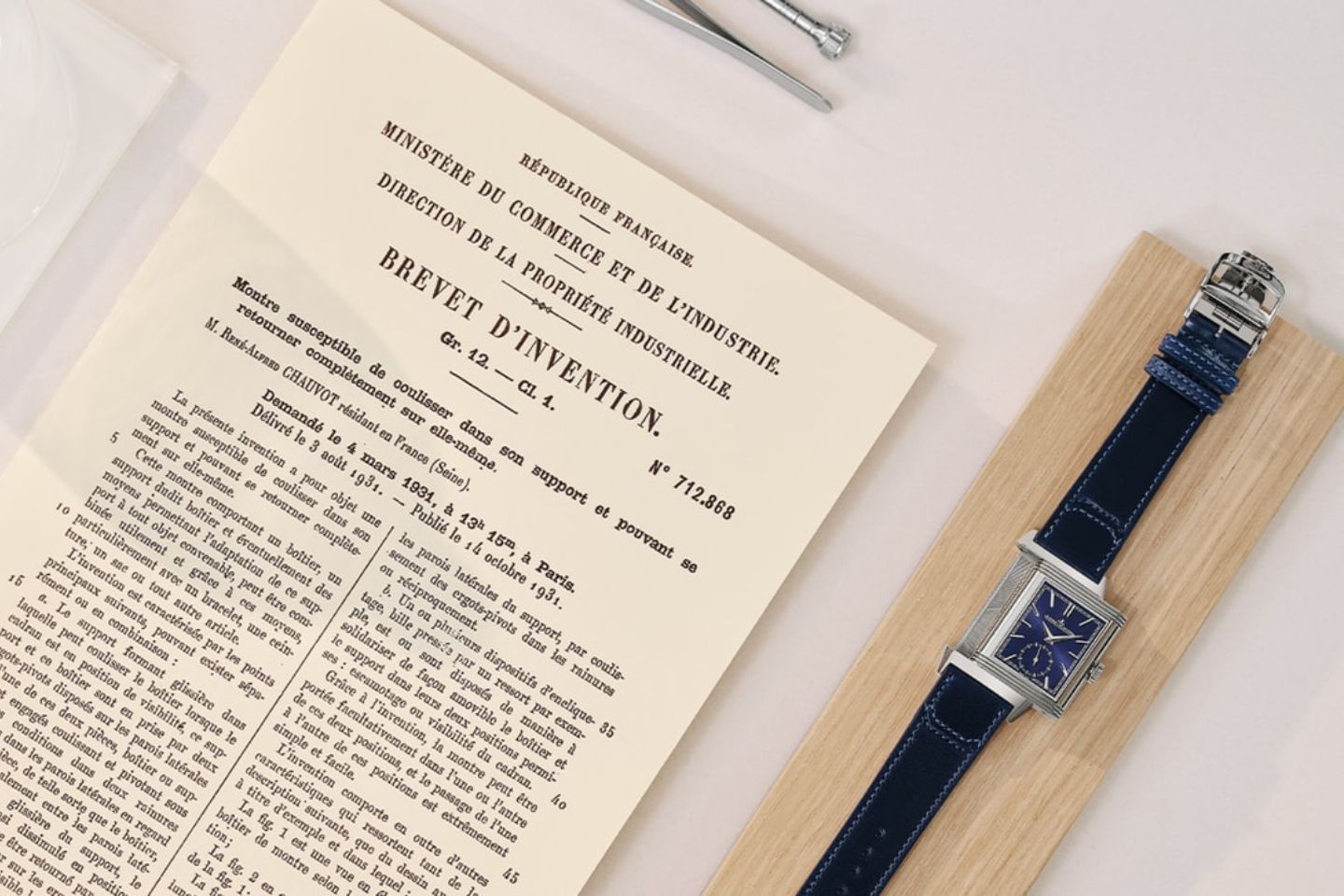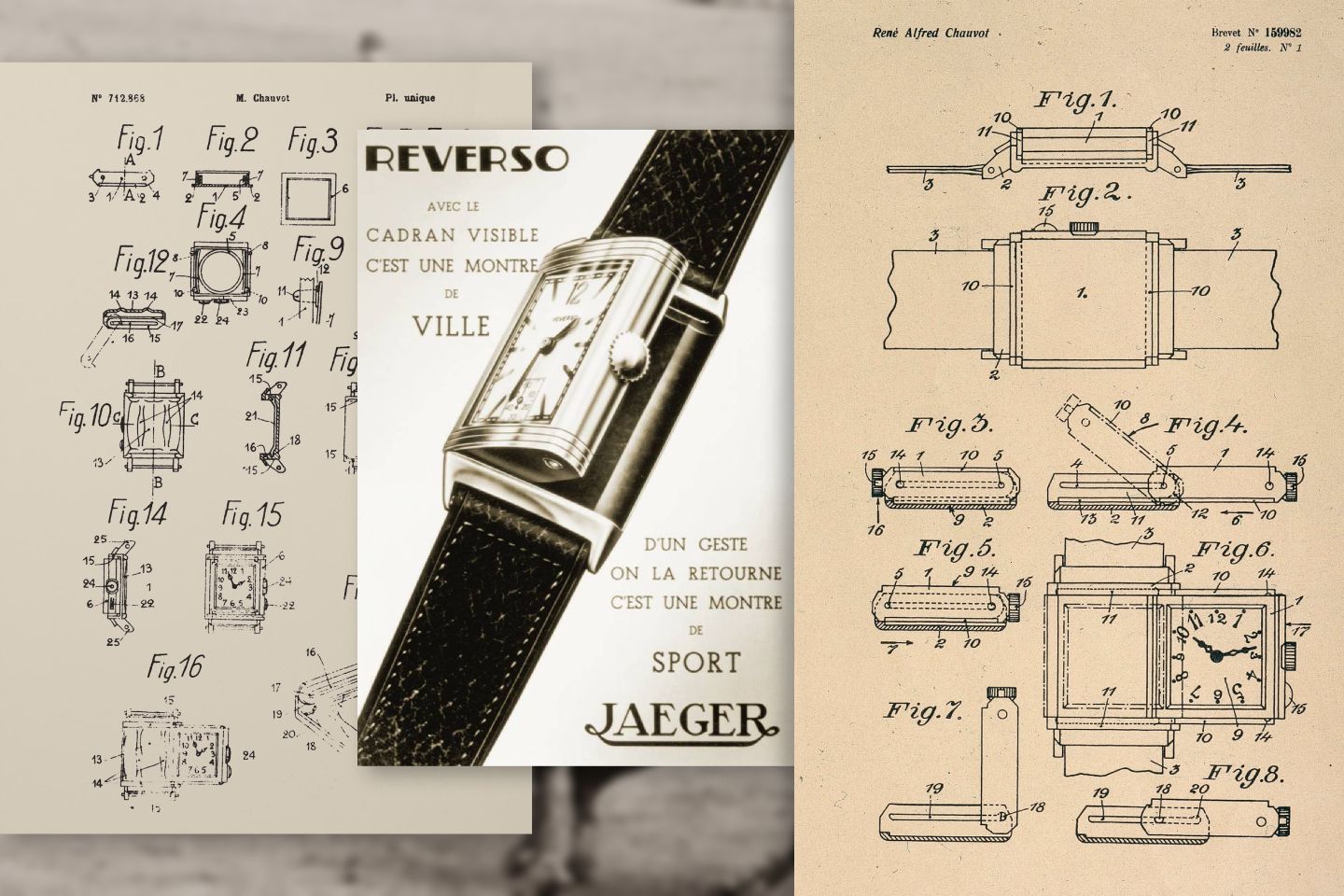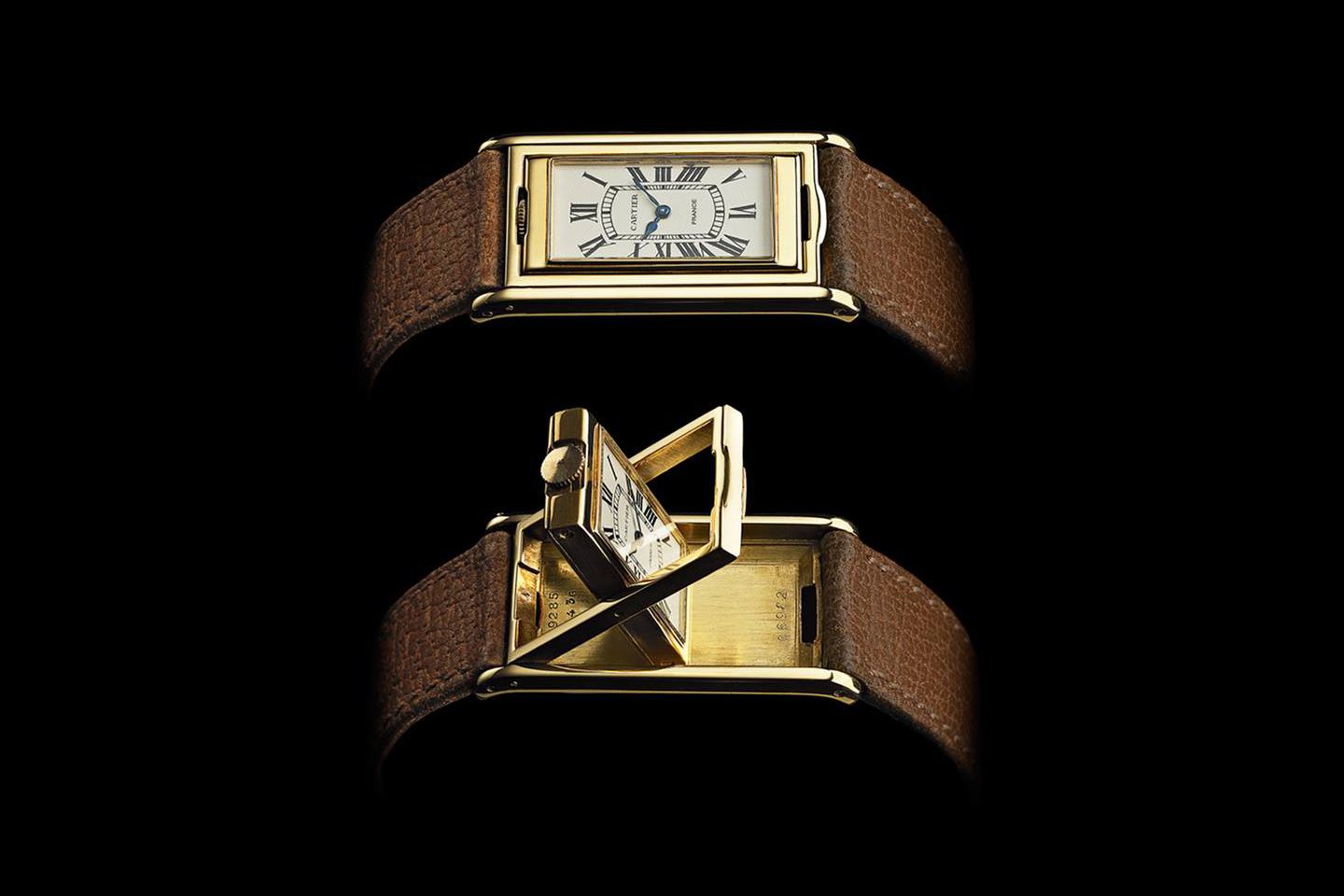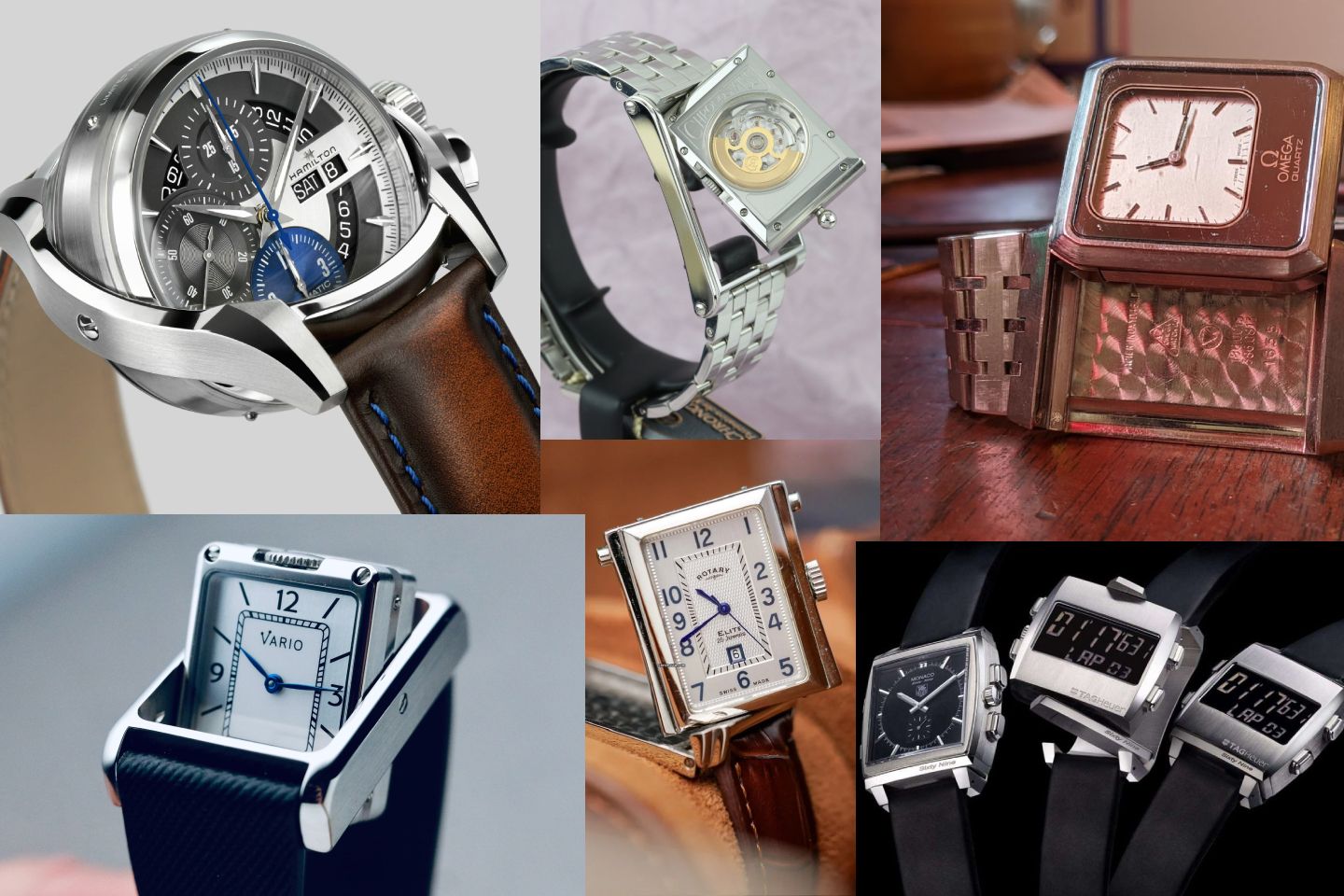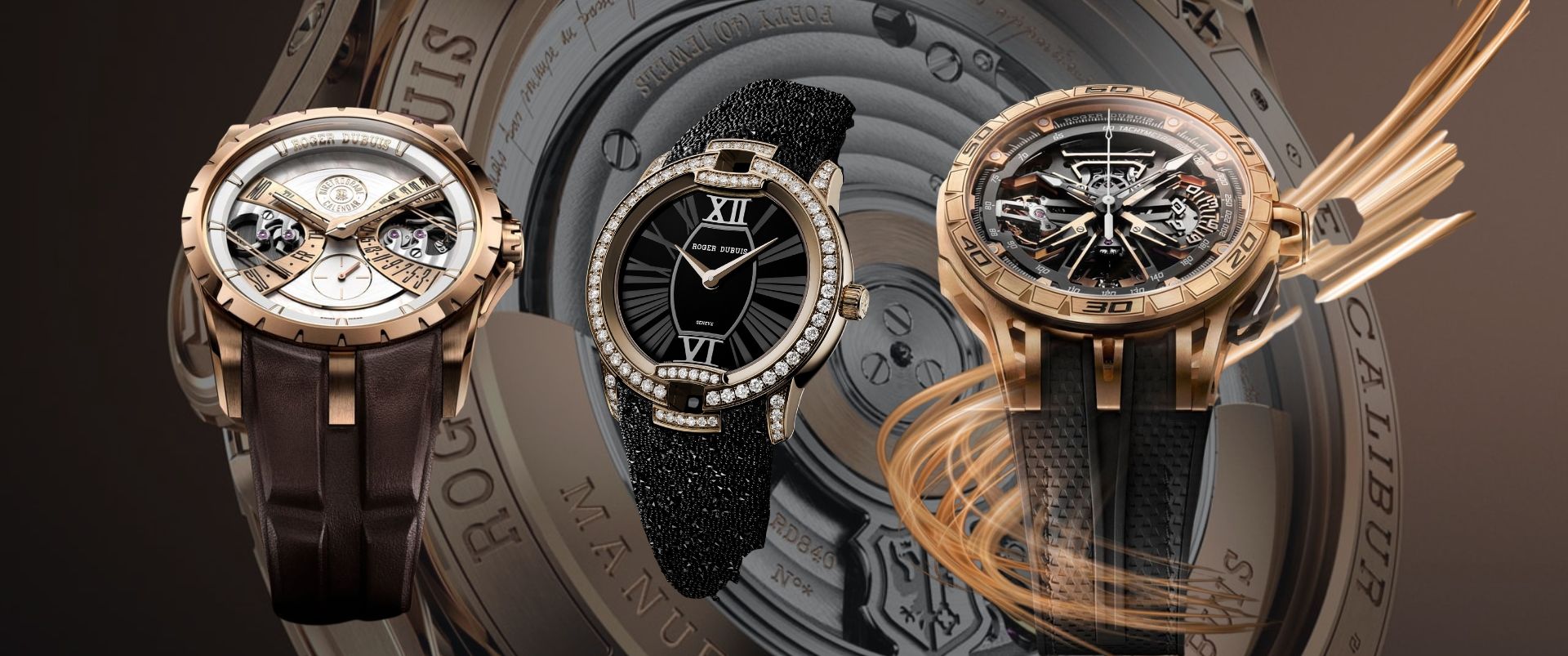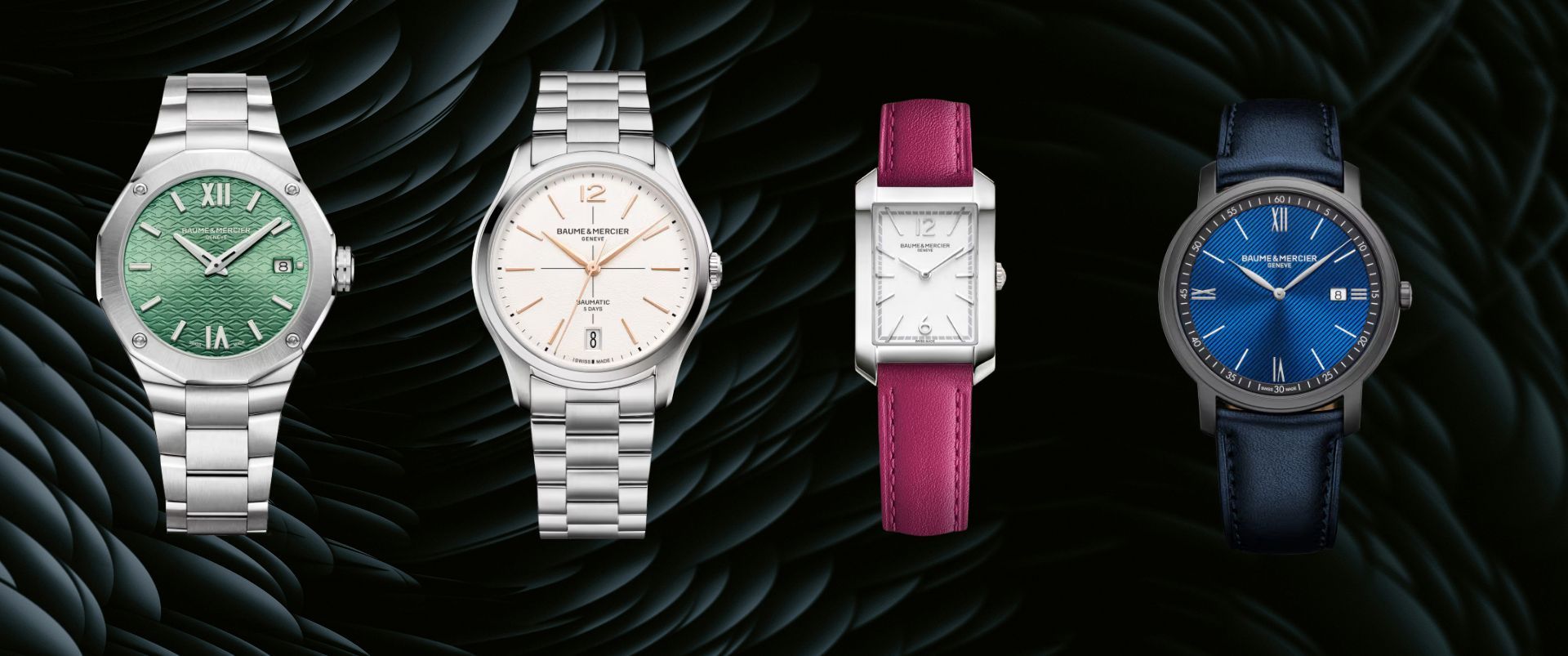In business terms, when a brand’s product attracts infinite popularity, it risks a phenomenon called genericization. Its downsides: the public starts identifying a brand product name with the generic class of the product it represents.
Ever needed a copy of a document, something jelly-ish to put on your lips, or a quick-fix to a small cut on yourself? Chances are, you would have asked for a Xerox, a ChapStick, and a Band-Aid. This all makes sense, right? But what not everyone knows is that these terms, so staple in our everyday lingo, aren’t generic words for the things they represent. They all are specific brand-owned trademarks.
Not every document copying is getting it Xeroxed, not every lip balm is a ChapStick and neither is every adhesive bandage a Band-Aid. Likewise, the genericization fate has befell Jaeger-LeCoultre’s iconic timepiece, the Reverso. So, not every reversible watch is a ‘Reverso’.
Jaeger-LeCoultre Reverso and the patent grant for its reversible case designThe Birth of a Reversible Watch Case
Although the primary idea of a wristwatch is to function as a time telling device, this echelon of a commodity has somewhat unequivocally embraced the integration of artisanal, design and aesthetic crafts. For an industry leaning heavily on design, even a practical nuance cherishes cult-like popularity elevating it to the status of an icon.
The 1929 Universal Geneve Le Cabriolet is one of the very first reversible case design wristwatches in existenceThe genesis for the idea of a reversible watch case with a duo-faced ergonomic might have been a practical necessity, but the aesthetic has caught on and become a loved quirk in an industry of well, usuals. The 1920s is when the odyssey found its opus and 1929 is when Universal Geneve gave us the Le Cabriolet, one of the first reversible wristwatches ever.
Original blueprints for the 180o swivel case design for the 1931 ReversoNo story about reversible watches is a worthy one without the mention of the design’s flagbearer, the Jaeger-LeCoultre Reverso. Originally conceived in 1931 to sustain the rigors of the game of Polo, the Reverso case was designed by Réne-Alfred Chauvot upon commission by the pair of César de Trey and Jacques-David LeCoultre. The patent was filed on March 4, 1931 and acquired by the company of de Tre and LeCoultre, Spécialités Horlogères S.A.
Portraits of Jacques-David LeCoultre (l) and César de Trey (r)The Non-Jaeger-LeCoultre Reversos
In the 1930s, even Patek Philippe set on an exploration of a reversible case watch and their then administrator, none other than Jacques-David LeCoultre delivered eight Reverso cases to Patek. The idea was welcomed and gave birth to the Patek Philippe ref. 106, which became one of the very first reversible wristwatches in existence. Only a year later, the idea of a Patek Reverso was ditched, and the Calatrava took the reins as the Maison’s symbol of a modern luxury wristwatch.
The very rare Reverso cased Patek Philippe ref. 106, source - Collector SquareAs a matter of fact, the watches we have discussed so far, practically share the same case, from the same designer and the same manufacturer. Not so far ahead in 1933, Cartier offered a significant aside to the ‘Reverso’ case design with the release of their Cabriolet, popular today as the Tank Basculante. While the case flipping trick was differentiated in mechanism as it adopted a vertical rotational axis as opposed to the Reverso’s horizontal page-flip action, it too was the opus of the de Trey and LeCoultre founded company, Spécialités Horlogères S.A.
The 1933 Cartier Tank Basculante was created for golf or polo playersThe Post-Modern Contemporary Flipping Watches
For continuing our exploration of reversible watches, we are going to take significant leaps in time. The industry landscape has evolved, legacies have cemented, the so-called Quartz Crisis has ceased and more importantly, the market economics have shifted favorably. What remains constant: the ‘legend’ status of the Jaeger-LeCoultre Reverso and the fact that it has spawned many dozens of iterations.
The 2004 Harry Winston Opus 4 by Christopher Claret marks the, as you can guess, 4th chapter of the collaborative series by the Maison. Claret’s speciality in minute repeaters is a predictable complication feature in the series 4 Opus, but another obvious focal, much apt to what you have read so far, is the completely reversible case design. A total of 20 examples were produced in 44mm platinum swiveling cases.
Harry Winston Opus 4 by Christopher Claret and the Bovet Virtuoso V with the iconic Amadeo case designBovet’s patented Amadeo convertible case system took seven years to develop and makes a strong case for reversible watches. Introduced in 2010, the ingenious mechanism enabled a Bovet timepiece to take on three specific identities: a fully reversible wristwatch, a pocket watch and a desk clock. The modularity of the case construction and the ease of transformation has made it a perfect mechanism to exhibit the Maison’s superlative haute horlogerie crafts.
The grandest reversible case design watch of all time- the Patek Phillipe Grandmaster ChimeIf we talk about the real heavy-hitter of the reversible watch segment, we need to get into a very high echelon of god-level watchmaking ingenuity. The numbers - stratospheric, complications - innumerable and the only petite thing with the piece - production numbers. Gracing the write-up with its prestige is the Patek Philippe Grandmaster Chime. The reversible case on the piece gives six patented innovations, twenty complications and an amalgam of Patek’s greatest traditions.
The swivel case design on the De Bethune DB Kind of Two TourbillonA duo faced timepiece doubles the fun, packs two times more technicalities and multiplies aesthetic potential. When master horologer Denis Flageollet and his team at De Bethune released the DB Kind of Two Tourbillon in 2021, a vice versa affinity for past and present was born. This swivel watch allowed monsieur Flageollet to depict the dual ethos of the Maison. Only a year later, the flipping case concept evolved into the DB Kind of Two Jumping GMT, which again was endowed with two identities.
Too Many ‘Reversos’. Surprised?
The ingeniously crafted reversible case serves as a captivating feature in a wristwatch. It elevates the party trick essence and extends the possibility of technical and artisanal expression. In a further addition to the timepieces already discussed, we could list quite a few more. There is the TAG Heuer Monaco Sixty Nine, the Chronoswiss Cabrio, Omega Equinoxe Reversible and the Hamilton Jazzmaster Face 2 Face series to name a few from the prominent brands.
Clockwise from top left: Hamilton Jazzmaster Face 2 Face III, the Chronoswiss Cabrio, Omega Equinoxe Reversible, TAG Heuer Monaco Sixty Nine, Rotary Elite Automatic Reversible and the Vario VersaThe lesser-known entities include the Rotary Elite Automatic Reversible and the Vario Versa, both Jaeger-LeCoultre Reverso homage pieces.
The original Jaeger-LeCoultre Reverso of 1931Although a reversible watch can be a practical timekeeping device even without an extra dial face, the ergonomics however transform it into a dynamic accessory. So, after all, the industry has a good few reversible watches etched in its tradition and the Reverso is one special example among all.
